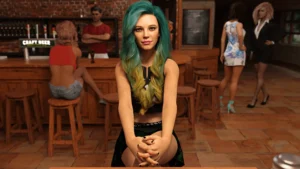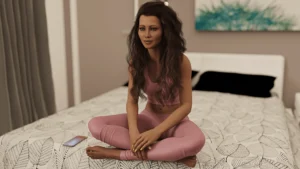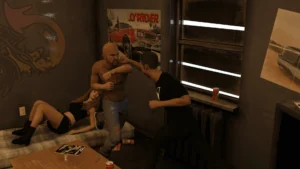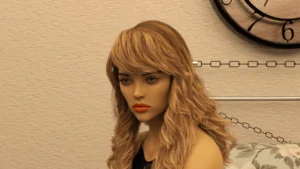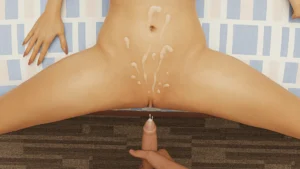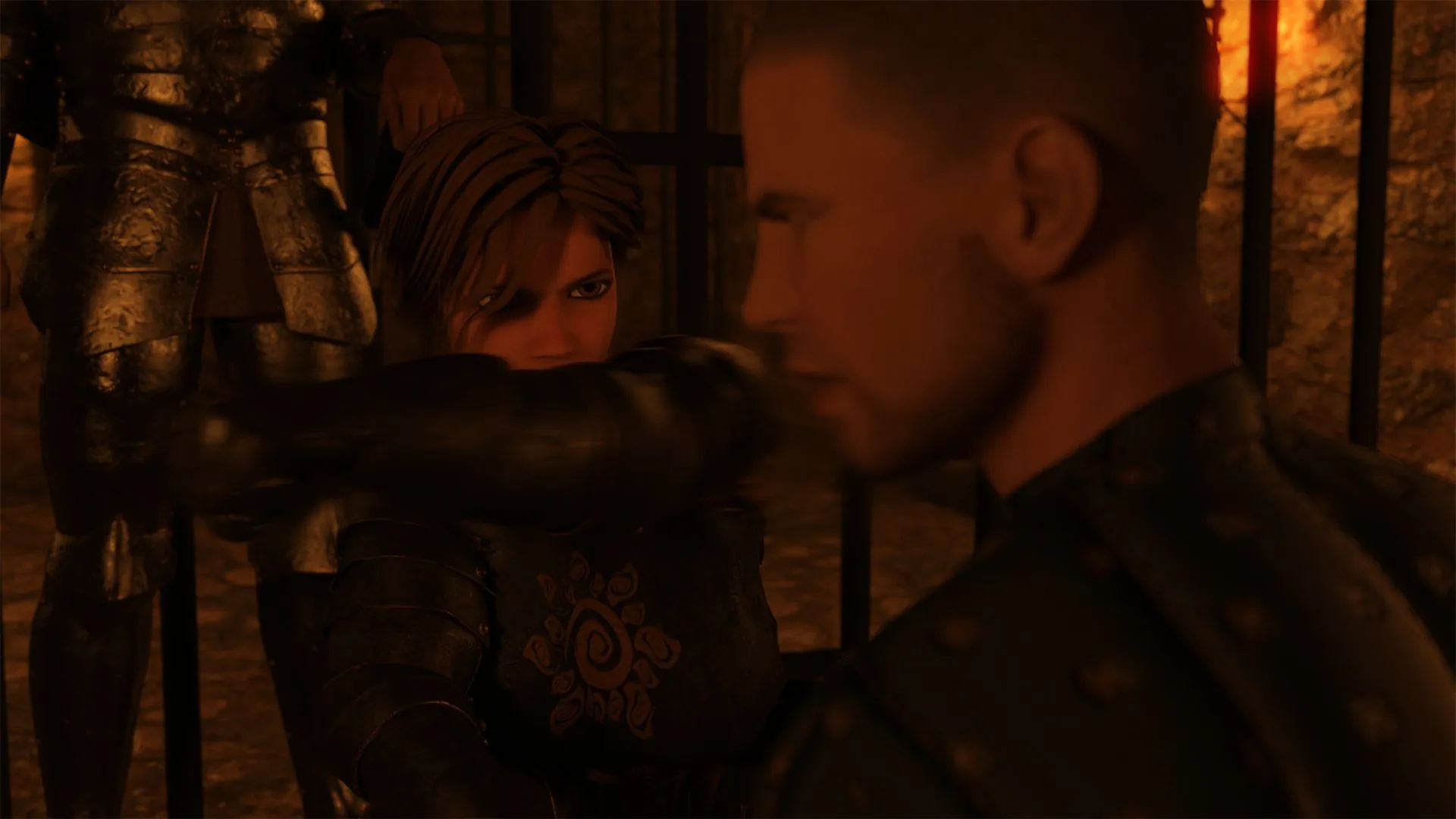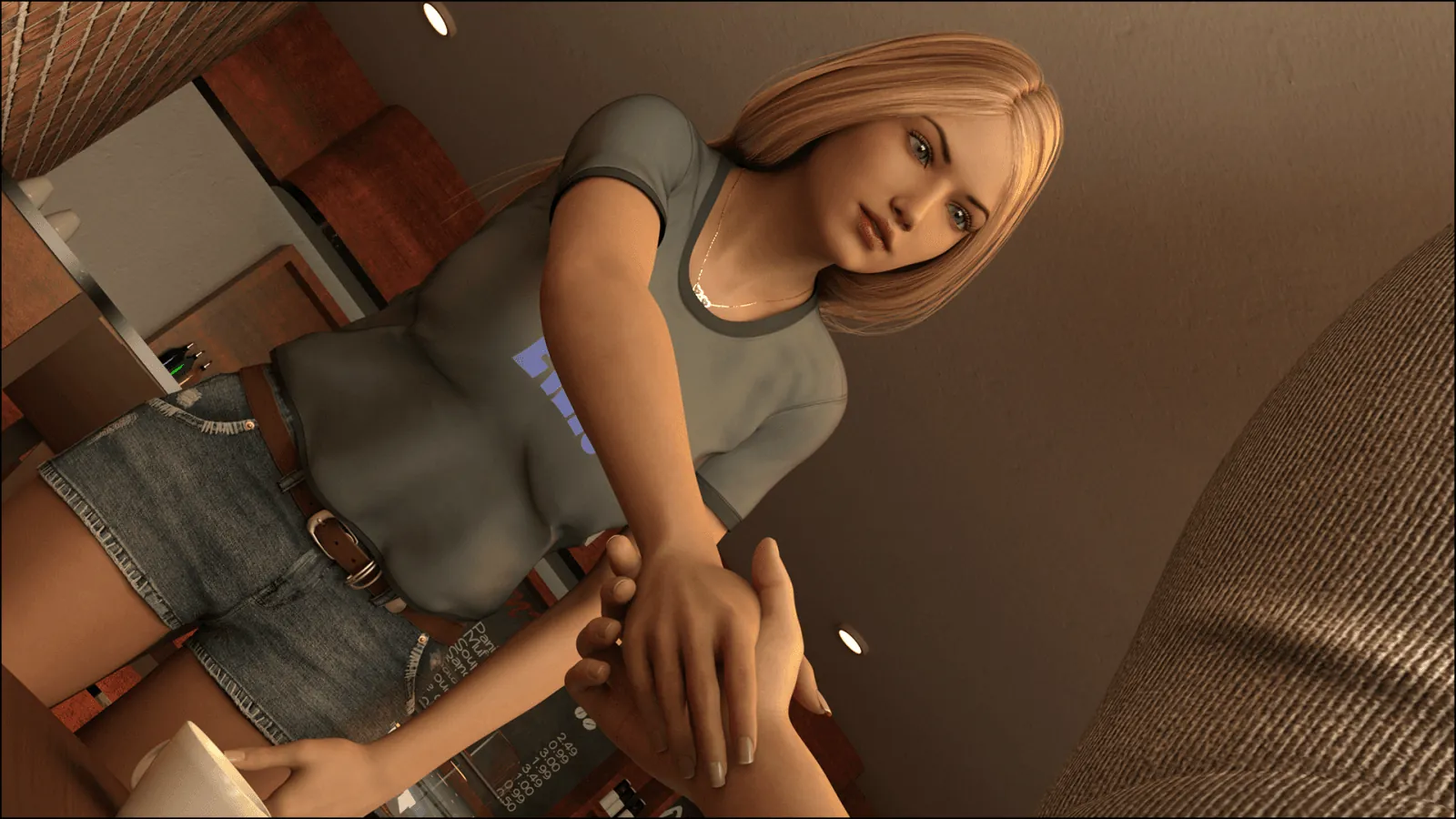
One Day at a Time
Play One Day at a Time
One Day at a Time review
An immersive journey through recovery and relationships in One Day at a Time
One Day at a Time is a unique visual novel game that places players in the challenging shoes of an active heroin addict striving for sobriety. This game explores heavy themes such as addiction, recovery, and complex relationships, especially with your girlfriend Lydia and other characters you encounter. Through meaningful choices and moral dilemmas, players experience a deeply personal and immersive story that balances darkness with moments of humor and humanity. If you’re curious about how this game blends storytelling with impactful decision-making, this article will guide you through its core elements and gameplay experience.
Understanding the Core Gameplay and Story of One Day at a Time
What Is One Day at a Time About?
Let’s be real for a second. Most games let you be the hero—the space marine, the fantasy warrior, the chosen one. 🎮 But what if a game asked you to be something far more vulnerable? That’s the gut-punching premise of the One Day at a Time game. This isn’t about saving the world; it’s about saving yourself, or perhaps, losing yourself completely.
This powerful addiction visual novel places you directly into the worn-out shoes of a person living with a heroin dependency. You share a cramped, messy apartment with Lydia, a woman who is also navigating her own tumultuous relationship with substance use. 🏚️ The story doesn’t start with a dramatic intervention or a rock-bottom moment in a sterile hospital. It starts in the mundane, gritty reality of daily life—waking up sick, counting change, and facing the relentless pull of your next fix.
The genius of this interactive story addiction is that it doesn’t judge you. It simply presents a life and asks, “What will you do today?”
Based on the developer’s own lived experiences, the One Day at a Time narrative is a raw, unflinching look at a world rarely explored with such honesty in gaming. Your goal isn’t to complete a quest; it’s to survive. You’ll navigate conversations, manage withdrawal symptoms, and make countless small decisions that either nudge you toward the faint hope of recovery or drag you deeper into the cycle. It’s a heroin addict game that trades glamour and action for authenticity and emotional weight, making every single day feel like a monumental battle. 💪
How Does the Gameplay Reflect Addiction and Recovery?
If you think this plays like a typical choice-based game, think again. The gameplay choices addiction mechanics here are designed to mirror the exhausting, all-consuming nature of dependency itself. This isn’t about picking the “good” or “bad” dialogue option. It’s about survival, and survival is messy. 😵💫
The core loop is a brilliant simulation of the struggle. Each morning, you wake up and are presented with a handful of actions. Do you spend your last few dollars on food, or on what your body is screaming for? 🤔 Do you try to mend a broken relationship, or do you lie to get what you need? The game forces you to sit with these impossible decisions. There’s no quick-loading a save file when a choice goes wrong; the consequences are permanent and ripple through your story.
Your choices directly impact your physical and mental state, represented by various meters and conditions. Let’s break down how this works:
- The Cycle of Craving: Your need for the substance isn’t just a story point; it’s a core gameplay mechanic. Ignoring it leads to debilitating withdrawal symptoms that make other actions harder or impossible, realistically portraying how the search for relief can override all other priorities.
- Relationship Management: Your interactions with Lydia and others are fragile. A harsh word can shut down a conversation for days. A moment of honesty can open a door you thought was locked forever. 🗣️
- Financial Desperation: Money isn’t for buying better gear; it’s for staving off sickness. This constant financial pressure is a stark reminder of the real-world burdens that accompany addiction.
This addiction visual novel understands that recovery isn’t a straight line. You might have a “good” day where you feel strong, followed by a “bad” day where everything falls apart. The game doesn’t punish you for this; it reflects it, creating a deeply personal and often heartbreaking interactive story addiction where progress is measured in small, hard-won victories. 🏆
Who Are the Key Characters and What Roles Do They Play?
The world of the One Day at a Time game is populated by a small but profoundly impactful cast. These aren’t NPCs who exist to give you quests; they are the flawed, complex people who form the ecosystem of your life. Your relationships with them are the true heart of the One Day at a Time narrative.
At the center of it all is Lydia. The Lydia character One Day at a Time is your roommate, your mirror, and sometimes, your trigger. 🪞 Living with someone who shares your struggles creates a unique and often toxic codependency. One day, she might be your only source of support, a fellow soldier in the same trench. The next, she might enable your worst habits, or you might enable hers. Your dynamic with her is the most volatile and important relationship in the game, constantly shifting based on your gameplay choices addiction.
But your world isn’t limited to your apartment. As you venture out, you’ll meet other women—each representing different paths, different struggles, and different potential futures. A sister who is tired of your broken promises, a friend from a using past, or perhaps someone from a support group offering a glimpse of another way to live. 👭
These characters serve as anchors, obstacles, and reflections. They force you to confront the person you are becoming. Interacting with them isn’t just about advancing the plot; it’s about defining what, and who, you value in your life.
To help you keep track of this compelling cast, here’s a quick overview:
| Character | Role in Your Story | Impact on Your Journey |
|---|---|---|
| Lydia 🧍♀️ | Your roommate and fellow person struggling with addiction. | Your most constant and complex relationship; can be a source of support or a major trigger for relapse. |
| Family Members 👨👩👧👦 | Parents, siblings, or other relatives from your past. | Represent the life you left behind; interactions are often filled with tension, guilt, and fractured trust. |
| Old Friends 🙎♀️ | People from your using history. | Often connected to your old habits; encounters can threaten your stability and pull you back into dangerous situations. |
| New Acquaintances ✨ | People you meet outside your usual circle (e.g., at a meeting). | Offer potential for new, healthier connections and provide perspective on a life without substance use. |
Ultimately, the One Day at a Time game uses its characters to show that addiction is never a solitary battle. It’s a web of relationships, and every interaction in this heroin addict game either strengthens or frays the threads connecting you to the world. Your journey through this powerful interactive story addiction is defined as much by the people you hold onto as it is by the substances you’re trying to let go of. 🤝
One Day at a Time offers a compelling and emotionally charged experience that goes beyond typical visual novels by tackling addiction and recovery with honesty and depth. Through its meaningful choices and dynamic relationships, the game invites players to reflect on the consequences of their actions and the strength required to change. Whether you are drawn to its storytelling, character development, or the challenge of navigating complex moral decisions, this game provides a unique perspective on a difficult subject. If you’re ready to explore this immersive journey, dive into One Day at a Time and see where your choices lead.






